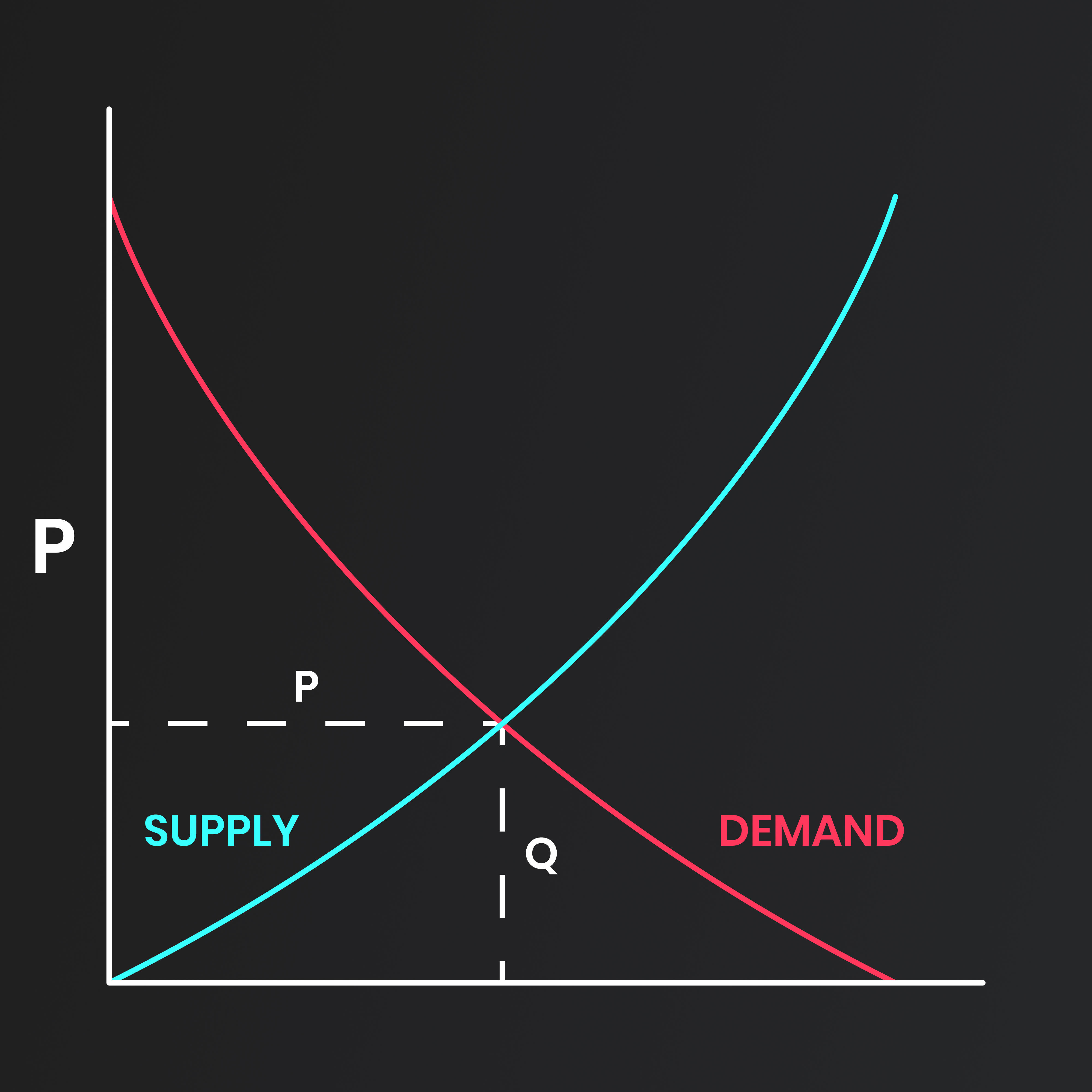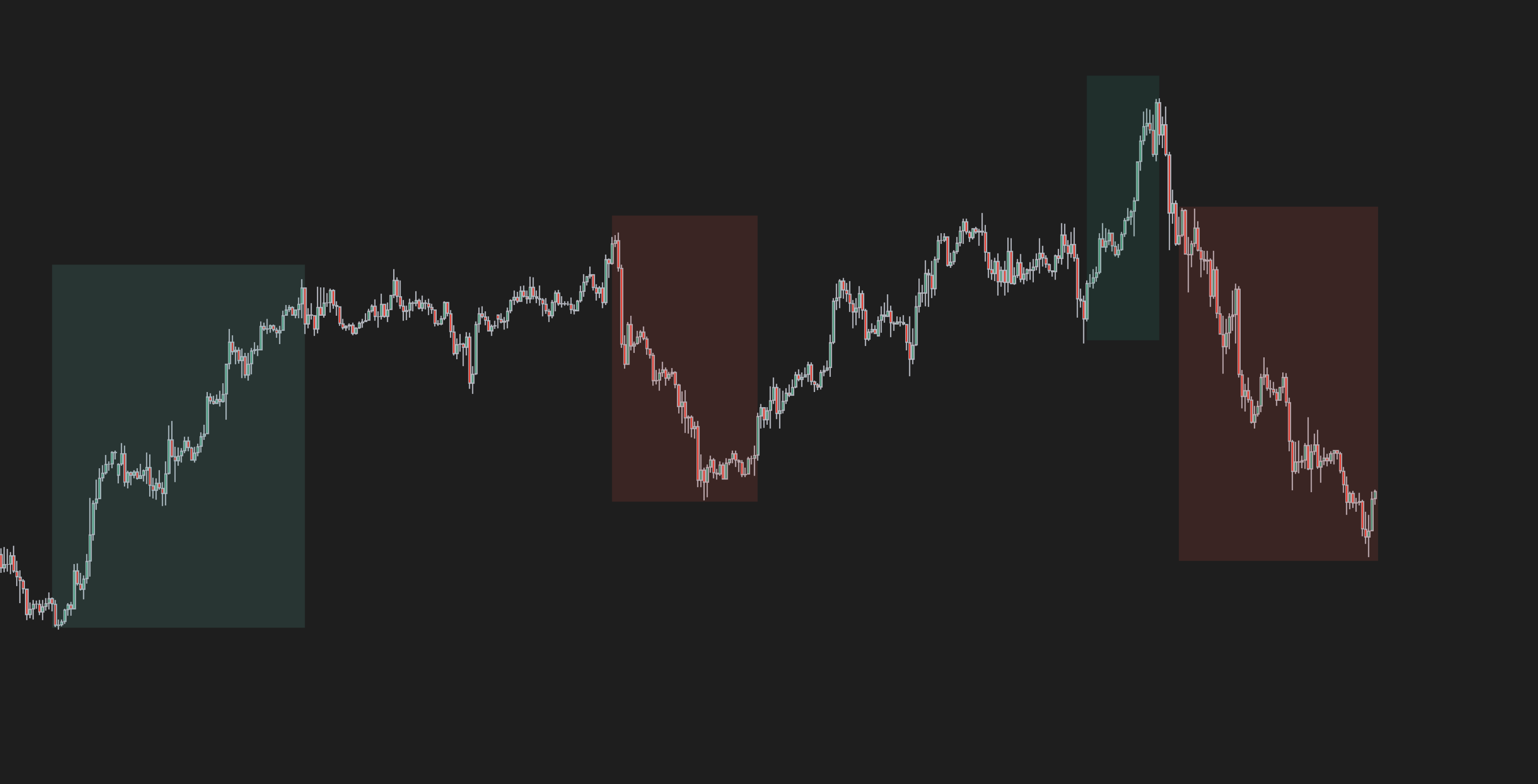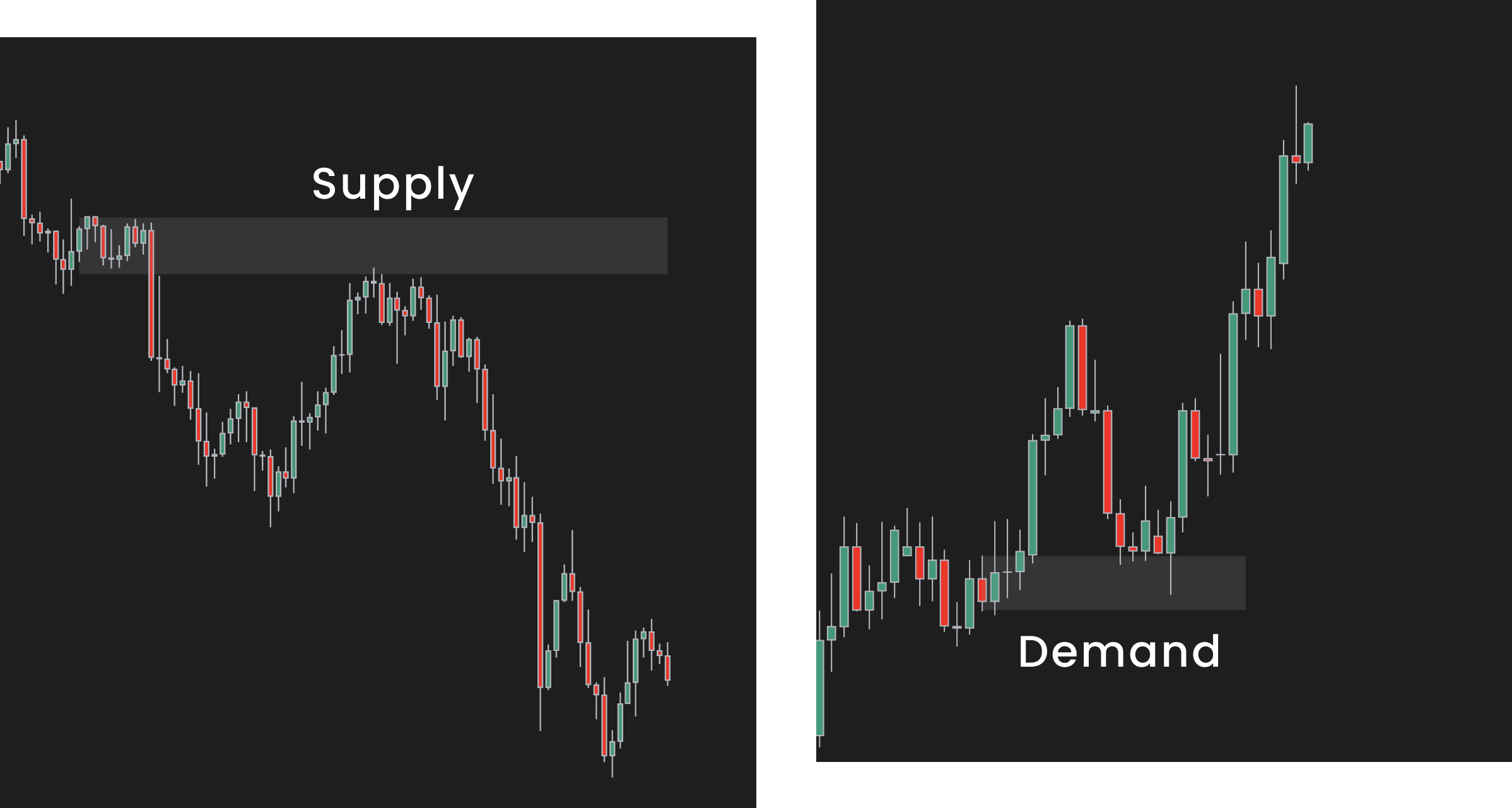Supply and Demand Trading
Hello traders, in this lesson, we will look at supply and demand trading strategy and how we can benefit from it.
What is Supply and demand trading?
Supply and demand trading is a price action-based trading strategy that is similar to horizontal support and resistance. It is based on the fundamental dynamics of supply and demand, which influence financial markets just as they do in the broader economy.

How to trade Supply and demand
For example, Apple released a new iPhone, but this time it would be a special edition with limited devices to sell. There will be a lot of buyers or demand who will drive prices higher. On the other hand, if Apple released a new iPhone with unlimited pieces to sell and got bad reviews, there would be an enormous supply to sell but no demand to buy. Because of that, they will have to drive prices lower until they find buyers willing to buy. This is the same in financial markets where prices rise once aggressive buyers overcome sellers; in other words, demand overcomes supply. Or vice versa when aggressive sellers overcome buyers or supply overcome demand. One of the common misconceptions many traders assume is that when markets move quickly in one direction, it is because there are more buyers than sellers.

This is not true since for every buyer there has to be a seller and vice versa. When the price goes up or down, there is no supremacy on either side, but the amount of aggressivity or willingness to buy or sell for higher or lower prices. If we look at this idea from a more advanced perspective, traders can place two types of orders in the market.
Limit orders and market orders
Let’s say we have an instrument that is priced at $100 and there are limit orders above and below the price.

At 101 we have 5 limits orders to sell, at 102 we have 10 orders to sell. Below the price, there is 5 to buy at 99 and 10 to buy at 98. For the market to move higher or lower there has to be someone who will buy 5 contracts to move to 101 and 15 contracts to move the price to 102. If aggressive buyers want to move prices higher, the limit sellers above the price start to pull their orders from the order book, and the price will keep climbing higher. When there is obvious aggressivity from either side, supply and demand zones are created. If we want to understand why these zones give us trading opportunities, we have to think about who moves the markets. We, as retail traders, do not move markets. The institutions, banks, and large funds do move markets. Compared to us, these market participants cannot just execute their orders wherever they want. They need enough liquidity in the order books not to get significant slippage. That is why they use areas of consolidation for entering the market. More often than not, they cannot execute all orders at once, so when prices drive away from the consolidation zone, they still have unfilled orders inside. That is why markets often react once zones are revisited.
How to identify supply and demand zones
If we want to identify supply and demand zones, we have to look at consolidations before the large expansions. The demand zones are found in consolidations before a large move up. The supply zones are found in consolidations before the large move down. The larger and more aggressive the move, the more significant Supply or Demand zone is.

What makes a good supply and demand zone
Besides a large move from the zone, we look for a few other factors that give us confluence for trades. Zones on higher time frames will always carry more value than those on lower time frames.

The time market spends outside of the zone is also necessary; we don’t want to see the market being crazy all over the place going back and forth.
What we prefer to see is a nice rounded retest into the zone.

How to trade supply and demand zones
There are two ways to trade supply and demand zones, first one is a set and forget approach when we put a limit order at the top of the demand zone or bottom of the supply zone. This gives us more freedom from looking at charts, but of course, we might get quickly taken out when the price spikes through the zone.

The second approach is to wait for the initial reaction and enter with a market order. Our stop loss should always go to the other side of the zone, and we can target the next supply or demand zone or support and resistance area. Entering the market is entirely up to our approach, and we should test what suits our trading style best.




